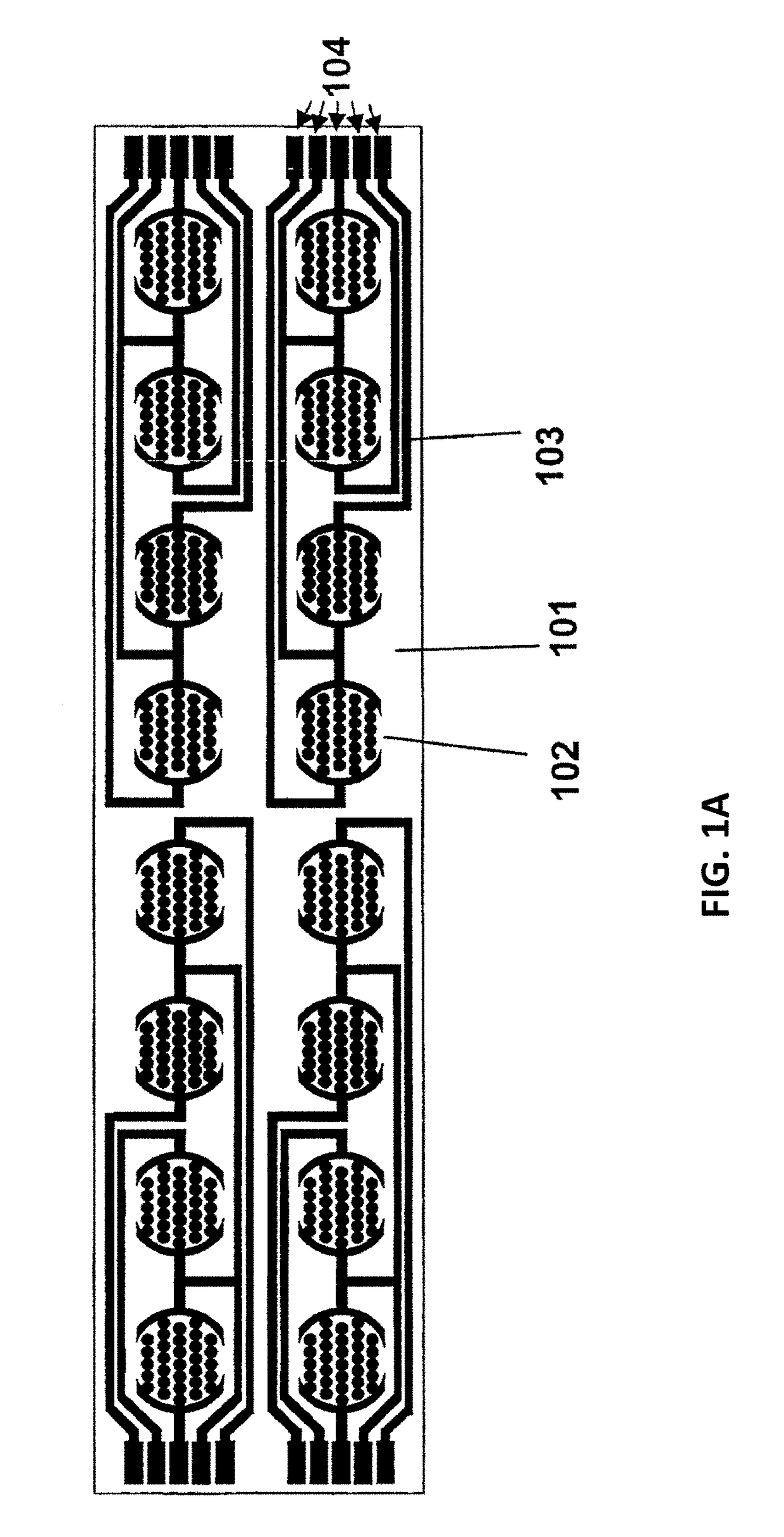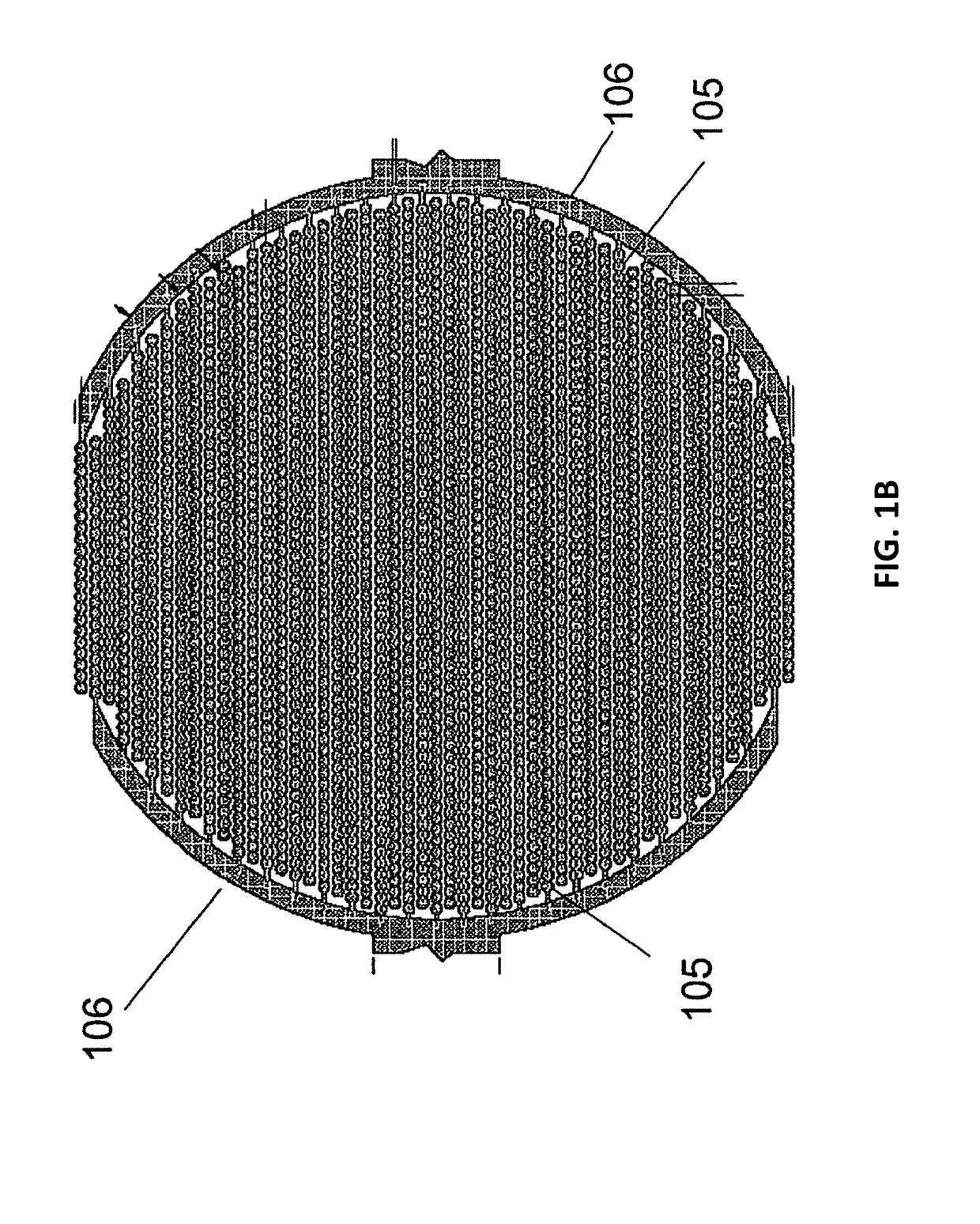Cell-substrate impedance monitoring of cancer cells
a cell substrate and impedance monitoring technology, applied in the field of cell substrate impedance monitoring of cancer cells, can solve the problems of difficult to predict which treatments will be effective and not universally responsive, and achieve the effect of efficient testing
- Summary
- Abstract
- Description
- Claims
- Application Information
AI Technical Summary
Benefits of technology
Problems solved by technology
Method used
Image
Examples
example 1
Profiling of Cancer Cell Responses to Anti-Cancer Drugs Using Cell-Substrate Impedance Monitoring
[0260]In this study, we used cell-substrate impedance monitoring (RT-CES system, ACEA Biosciences, Inc, San Diego, Calif.) to dynamically monitor cancer cell responses to chemotherapeutic compounds with characterized mechanisms, and to profile the specific cell response patterns. Thirteen cancer cell lines including cancers of breast, prostate, lung, colon, ovary, kidney, fibroblast, and central nervous system were tested (TABLE 1). Each cancer cell type was treated with 11 chemotherapeutic compounds, classified as DNA damaging agents, protein kinase inhibitors, anti-mitotic drugs, cell cycle specific inhibitors, protein synthesis inhibitors plus a compound of unknown category (TABLE 2). Dynamic and dose dependent cell-compound interaction patterns were characterized and summarized for all the tested cell lines and compounds. The profiles for three drugs, doxorubicin, olomoucine and pacl...
example 2
Cytotoxicity Profiling
[0263]Methods
[0264]Cells. All the cells used in this study were obtained from ATCC and maintained at 37° C. incubator with 5% CO2 saturation. H460, HepG2 and HT1080 cells were maintained in RPMI media containing 5% FBS and 1% penicillin and streptomycin. NIH3T3 cells were maintained in DMEM media containing 10% FBS and 1% penicillin and streptomycin.
[0265]Cell Proliferation Assays. For each of the cell type, the indicated number of cells was seeded per well in 96X microtiter plates (e-plate™) with incorporated electrode structures in individual wells device in 100 μL of media. The attachment, spreading and proliferation of the cells were continuously monitored every 30 minutes using the RT-CES system (a cell-substrate impedance monitoring system). Cell proliferation was monitored for a period of 48-72 hours depending on the experiment. The electronic readout, cell-sensor impedance is displayed as a parameter called Cell Index.
[0266]Drug Treatment and Cytotoxici...
example 3
Monitoring Cancer Cell Proliferation in Real-Time Using the RT-CES
[0269]In order to assess dynamic cell proliferation cell-substrate impedance monitoring with the RT-CES System, H460 human lung cancer cells, H1080 fibrosarcoma cells, HepG2 human hepatosarcoma cells and NIH3T3 mouse fibroblasts were seeded at 2500 and 10,000 cells per well in triplicate in ACEA's 96X e-plate™. The cells were continuously monitored every 30 minutes using the RT-CES system for the indicated period of time (FIG. 18). As shown in FIG. 18, each cell type has its own characteristic kinetic trace, based on the number of cells seeded, the overall size and morphology of the cells and the degree to which the cells interact with the sensor surface. Also, the adhesion and spreading kinetics as well as time when the cells enter the log growth phase is characteristic of each of the indicated cell lines and therefore offers an excellent internal control and a way to standardize and validate stock cultures during di...
PUM
| Property | Measurement | Unit |
|---|---|---|
| concentrations | aaaaa | aaaaa |
| concentrations | aaaaa | aaaaa |
| concentrations | aaaaa | aaaaa |
Abstract
Description
Claims
Application Information
 Login to View More
Login to View More - R&D
- Intellectual Property
- Life Sciences
- Materials
- Tech Scout
- Unparalleled Data Quality
- Higher Quality Content
- 60% Fewer Hallucinations
Browse by: Latest US Patents, China's latest patents, Technical Efficacy Thesaurus, Application Domain, Technology Topic, Popular Technical Reports.
© 2025 PatSnap. All rights reserved.Legal|Privacy policy|Modern Slavery Act Transparency Statement|Sitemap|About US| Contact US: help@patsnap.com



